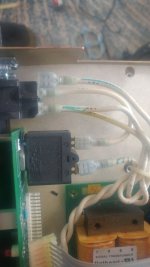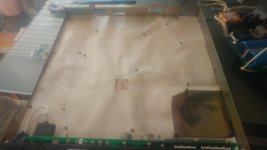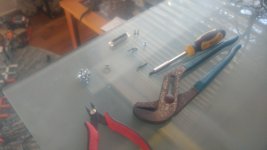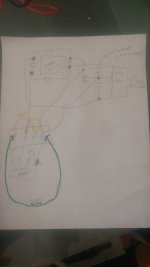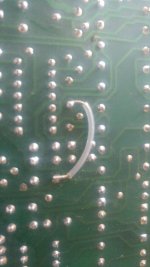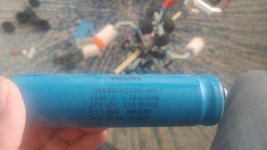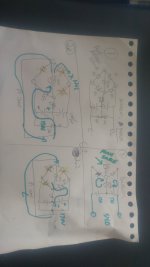methods
1 GW
Hmmmm....
Thanks for the history.
When I was in school it was around 2000.... so... we covered legacy tech but had to CRAM in all the new tek. I never had much reason to re-visit as AC (other than house wiring) never really came across my desk.
...
When I get back on this I will investigate -
as the documentation says it voltage doubles based on P1 position for the Power AND Bias sections of the circuit...
And their "ain't no power transformer, far as I can tell"
So I am guessing this could be what was done
It would be ~1KW rated
... It will give me reason to reverse engineer that section of the PCB... so just as well.
(I obviously know how to put together a half or full bridge - but this is the first I have heard of a multiplying bridge...
... At least under that name ...
I am aware of a: cockcroft walton voltage multiplier
Which I suspect may be similar in operation.
-methods
Thanks for the history.
When I was in school it was around 2000.... so... we covered legacy tech but had to CRAM in all the new tek. I never had much reason to re-visit as AC (other than house wiring) never really came across my desk.
...
When I get back on this I will investigate -
as the documentation says it voltage doubles based on P1 position for the Power AND Bias sections of the circuit...
And their "ain't no power transformer, far as I can tell"
So I am guessing this could be what was done
It would be ~1KW rated
... It will give me reason to reverse engineer that section of the PCB... so just as well.
(I obviously know how to put together a half or full bridge - but this is the first I have heard of a multiplying bridge...
... At least under that name ...
I am aware of a: cockcroft walton voltage multiplier
Which I suspect may be similar in operation.
-methods


